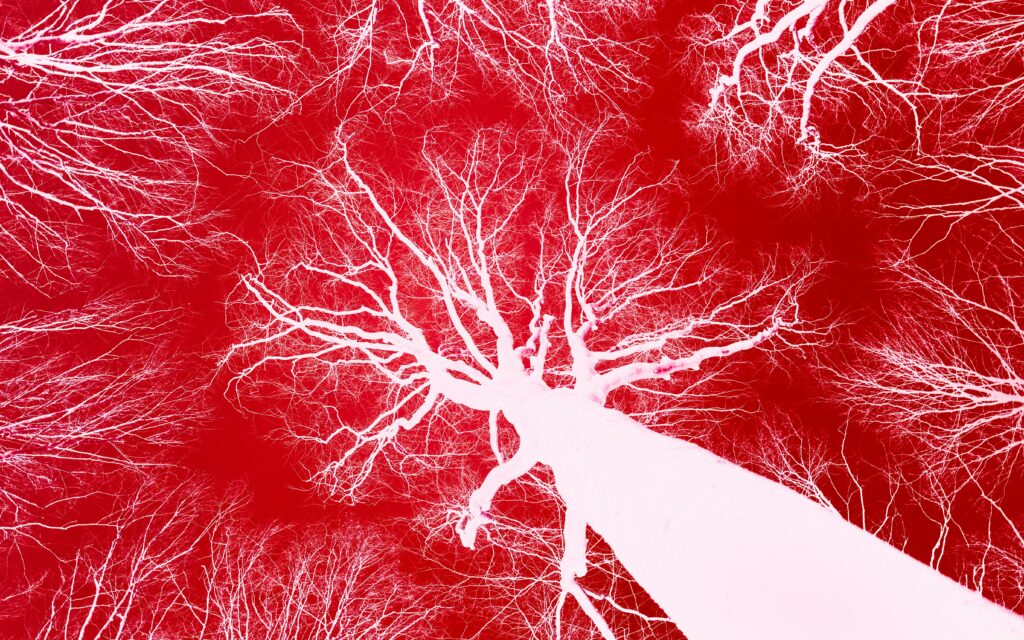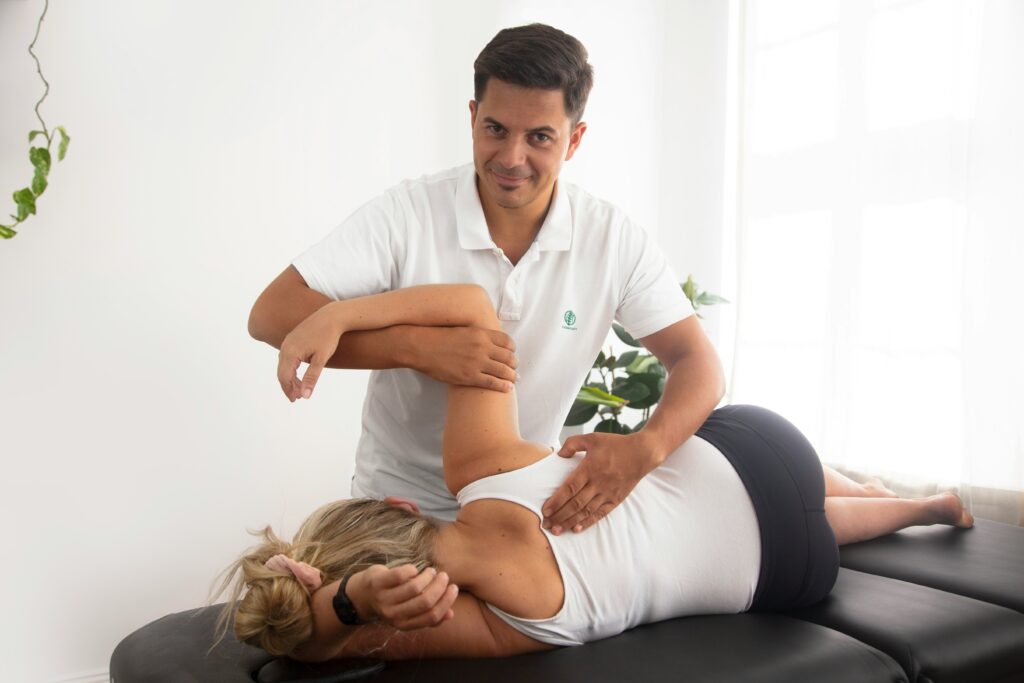The Best Yoga Poses for Muscle Recovery and Why They Work

For centuries, yoga has been practiced as a form of physical, mental, and energetic healing. While its spiritual roots run deep, modern science now confirms what practitioners have known all along: yoga has profound physical benefits that extend well beyond flexibility or stress relief. One of the most overlooked advantages of a yoga practice is its ability to support and accelerate muscle recovery after intense physical activity.
During a workout, muscle fibers experience microscopic damage, inflammation increases, and metabolic waste builds up. Recovery is the process where the body repairs and strengthens those fibers. Yoga can assist in this process by improving blood flow, oxygen delivery, and nervous system regulation. It gently stretches tight areas, releases tension and helps flush out waste products like lactic acid, all while calming the body into a state of restoration.
Unlike static stretching, yoga connects movement with breath. This activates the parasympathetic nervous system, allowing the body to shift out of a stress response and into repair mode. For athletes and fitness enthusiasts, incorporating targeted yoga poses into a post-workout routine can reduce soreness, increase mobility, and support more consistent training over time.
Here is a deeper look at some of the most effective yoga poses for muscle recovery, how they impact the body, and how to perform them with proper technique.
1. Legs Up the Wall (Viparita Karani)
Targets: Legs, feet, lower back, and lymphatic system
This passive inversion is one of the most effective restorative poses for post-exercise fatigue. Elevating the legs above the heart improves venous return, reduces swelling in the feet and calves, and allows the lymphatic system to flush out metabolic waste. It also eases tension in the lower back after long periods of standing, running, or heavy leg work.
How to do it:
- Sit sideways next to a wall and gently pivot your legs upward as you lie back
- Adjust your hips so they’re close to or touching the wall
- Keep your arms out to the sides, palms up
- Stay in the pose for 5–10 minutes, breathing slowly and deeply
Optional props: A folded blanket under the hips to elevate the pelvis slightly
2. Reclined Pigeon Pose (Supta Kapotasana)
Targets: Piriformis, gluteus maximus, external hip rotators, lower back
This reclined variation of pigeon pose is excellent for safely releasing tension in the outer hips without stressing the knees. It’s especially beneficial for runners, cyclists, and anyone who experiences tightness in the gluteal region or lower spine.
How to do it:
- Lie on your back with knees bent and feet flat
- Cross your right ankle over your left thigh
- Reach through and gently pull your left thigh toward your chest
- Keep the right knee open and flex your right foot to protect the knee
- Hold for 30–60 seconds, then switch sides
Optional props: A yoga strap behind the thigh for a gentler hold
3. Supported Child’s Pose (Balasana)
Targets: Spine, hips, ankles, diaphragm, and parasympathetic nervous system
This pose calms the entire body and mind. It stretches the spine and hips while promoting deep belly breathing, which activates the body’s relaxation response. When supported with a bolster, it becomes a deeply restorative shape that helps the muscles soften completely.
How to do it:
- Kneel on the mat with big toes touching and knees wide apart
- Place a bolster or pillow between your knees
- Fold forward, resting your chest, arms, and head on the prop
- Relax your shoulders and close your eyes
- Stay for 2–5 minutes, breathing fully into your lower abdomen
Optional props: Bolster, blanket under knees or ankles for added comfort
4. Lizard Pose (Utthan Pristhasana)
Targets: Hip flexors, adductors, hamstrings, and quadriceps
Lizard pose is a powerful hip opener that releases tightness in the hip flexors and inner thighs — common trouble spots after squats, lunges, or long periods of sitting. It also increases range of motion in the front leg and lengthens the psoas and quadriceps in the back leg.
How to do it:
- Step your right foot forward into a low lunge
- Lower your back knee to the mat
- Bring both hands inside your front foot
- Option to lower your forearms to the mat or blocks
- Keep your back leg extended or relaxed, depending on your goal
- Hold for 30–60 seconds, then switch sides
Optional props: Blocks for under forearms, towel under back knee
5. Thread the Needle Pose
Targets: Upper back, shoulders, rhomboids, and thoracic spine
This twist-like stretch is ideal for unwinding upper-body tension after weightlifting or posture-heavy training. It increases thoracic spine rotation, improves shoulder mobility, and encourages a gentle spinal reset.
How to do it:
- Begin in a tabletop position (hands and knees)
- Slide your right arm under your left arm with your palm facing up
- Lower your right shoulder and ear to the floor
- Keep your hips square and left hand planted for balance or extended overhead
- Breathe deeply and hold for 30–60 seconds before switching sides
Optional props: Folded blanket under head or shoulder for support
6. Seated Forward Fold (Paschimottanasana)
Targets: Hamstrings, calves, spine, and nervous system
This foundational pose stretches the posterior chain while encouraging stillness and introspection. It decompresses the spine, elongates the hamstrings, and calms the mind after high-stress workouts.
How to do it:
- Sit tall with your legs extended straight
- Flex your feet and engage your thighs
- Inhale to lengthen the spine
- Exhale and hinge forward from the hips, reaching toward your feet
- Rest hands on shins, ankles, or feet without forcing the stretch
- Stay for 1–2 minutes
Optional props: Strap around feet, blanket under knees
7. Supine Twist (Supta Matsyendrasana)
Targets: Spine, obliques, hips, and internal organs
Twisting helps wring out tension from the spine and stimulates digestion, which can be impacted by intense workouts. It also helps release the outer hips and restores symmetry to the body.
How to do it:
- Lie on your back and hug your right knee into your chest
- Gently guide it across your body to the left side
- Extend your right arm out and gaze in that direction
- Keep both shoulders grounded and let your body settle
- Hold for 1–2 minutes, then switch sides
Optional props: Pillow or block under the bent knee
Bonus Tools to Enhance Your Recovery Yoga Routine
As suggested in the above poses, using supportive equipment can amplify the benefits of these poses and make them easier to comfortably achieve. Here is a list of these beneficial tools:
- Yoga Blocks: Assist in deeper stretches and help maintain alignment. One highly rated type are the Gaiam Yoga Blocks.
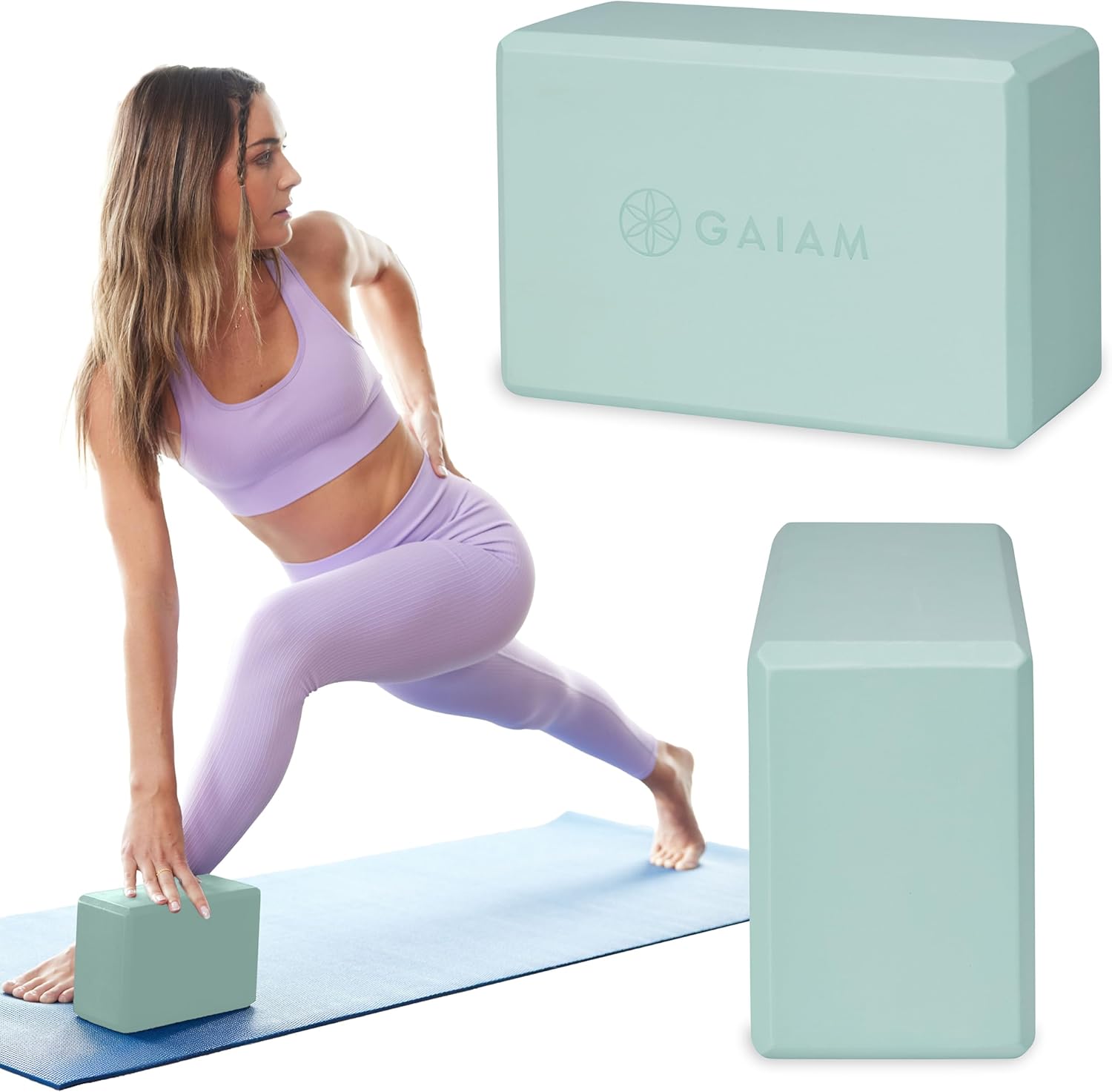
- Bolsters and Cushions: Add comfort and allow longer holds without strain. The GAYO yoga bolster for restorative yoga is one convenient option.
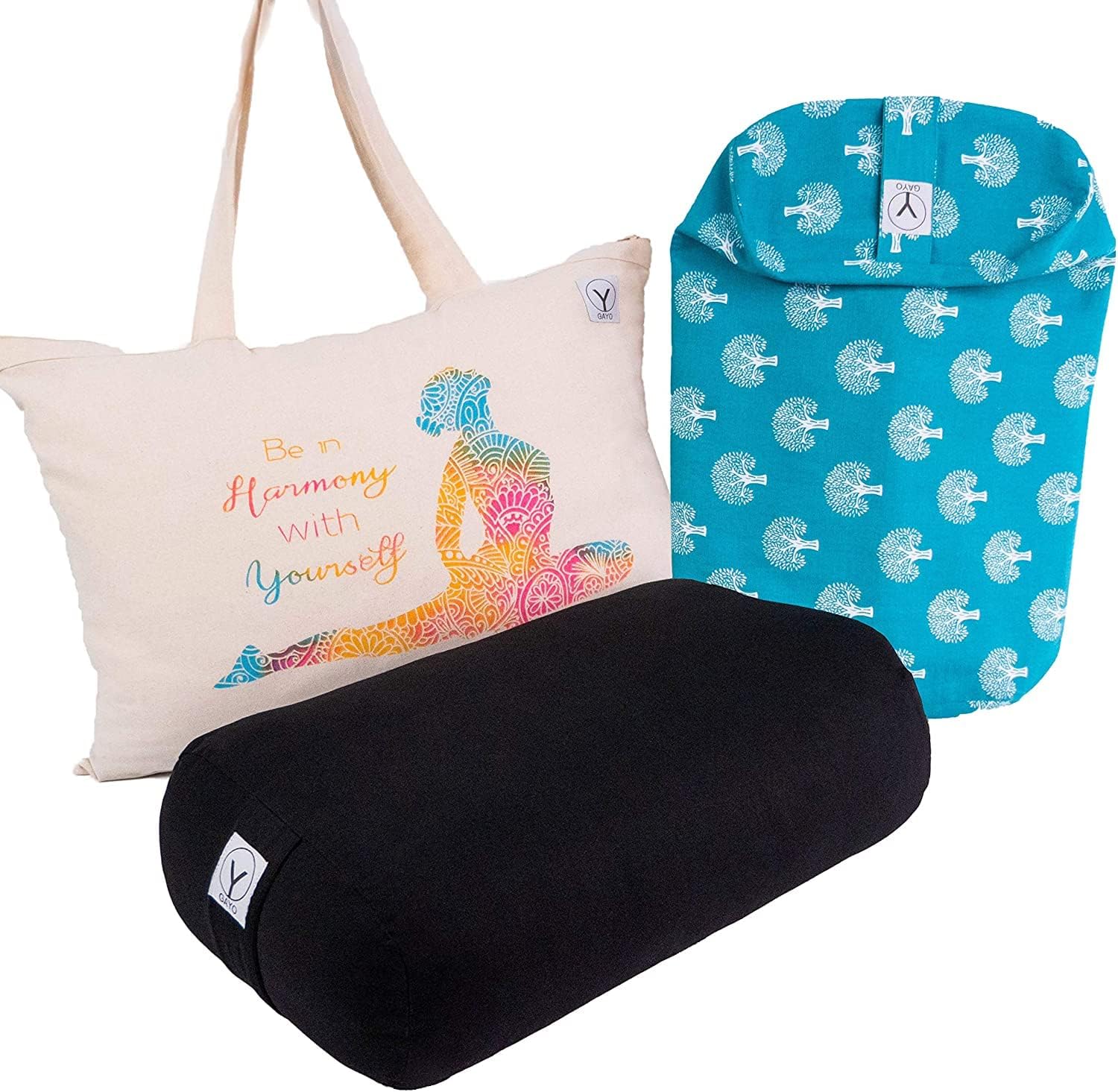
- Straps: Ideal for improving flexibility and supporting safe alignment. The Oak-Sports Store Yoga Stretching Strap with Loops
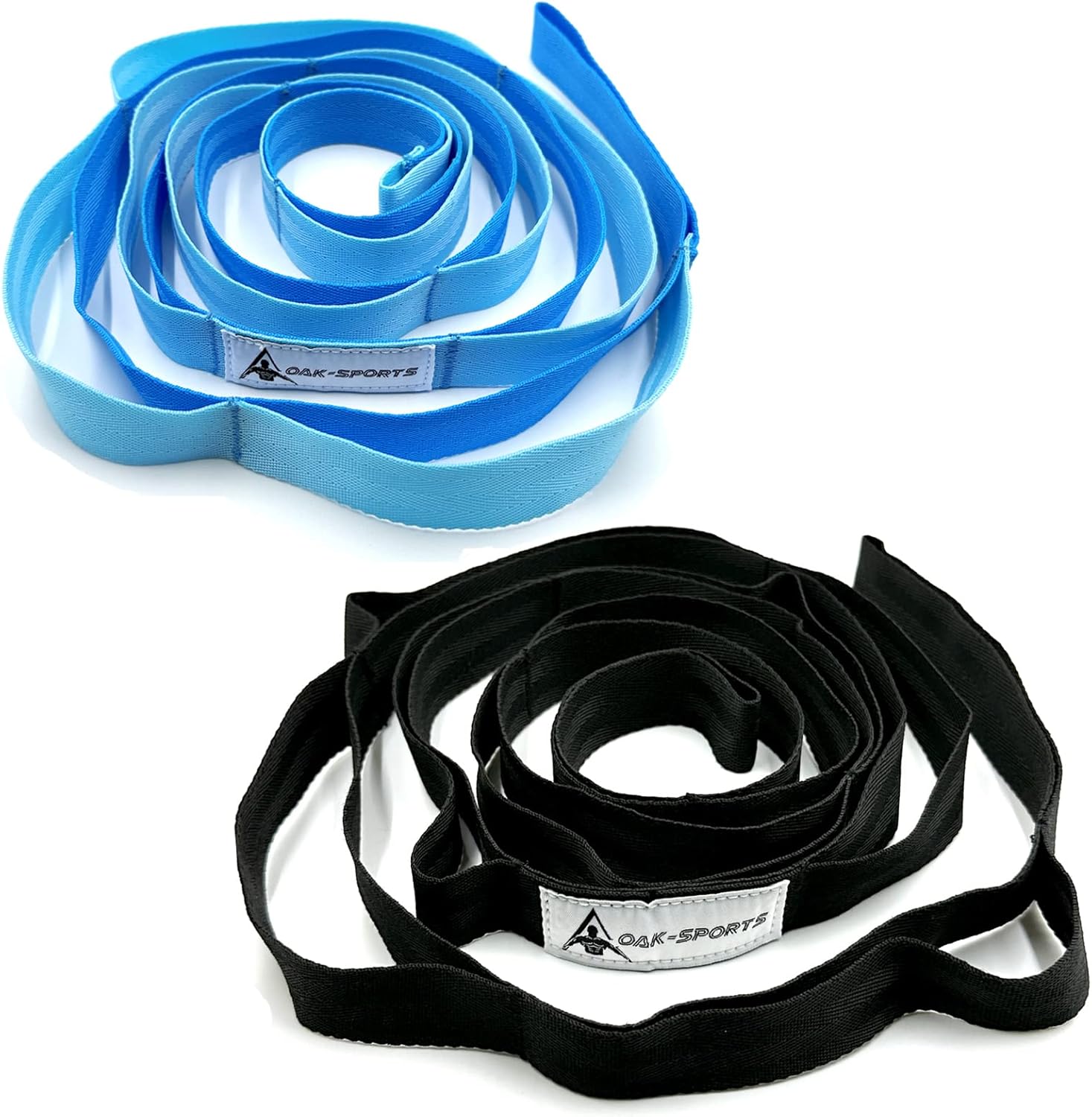
- Grippy Yoga Mat: Ensures stability during slow movements. The Gruper Store Non-Slip Yoga Mat offers two different sizes and a carry case.
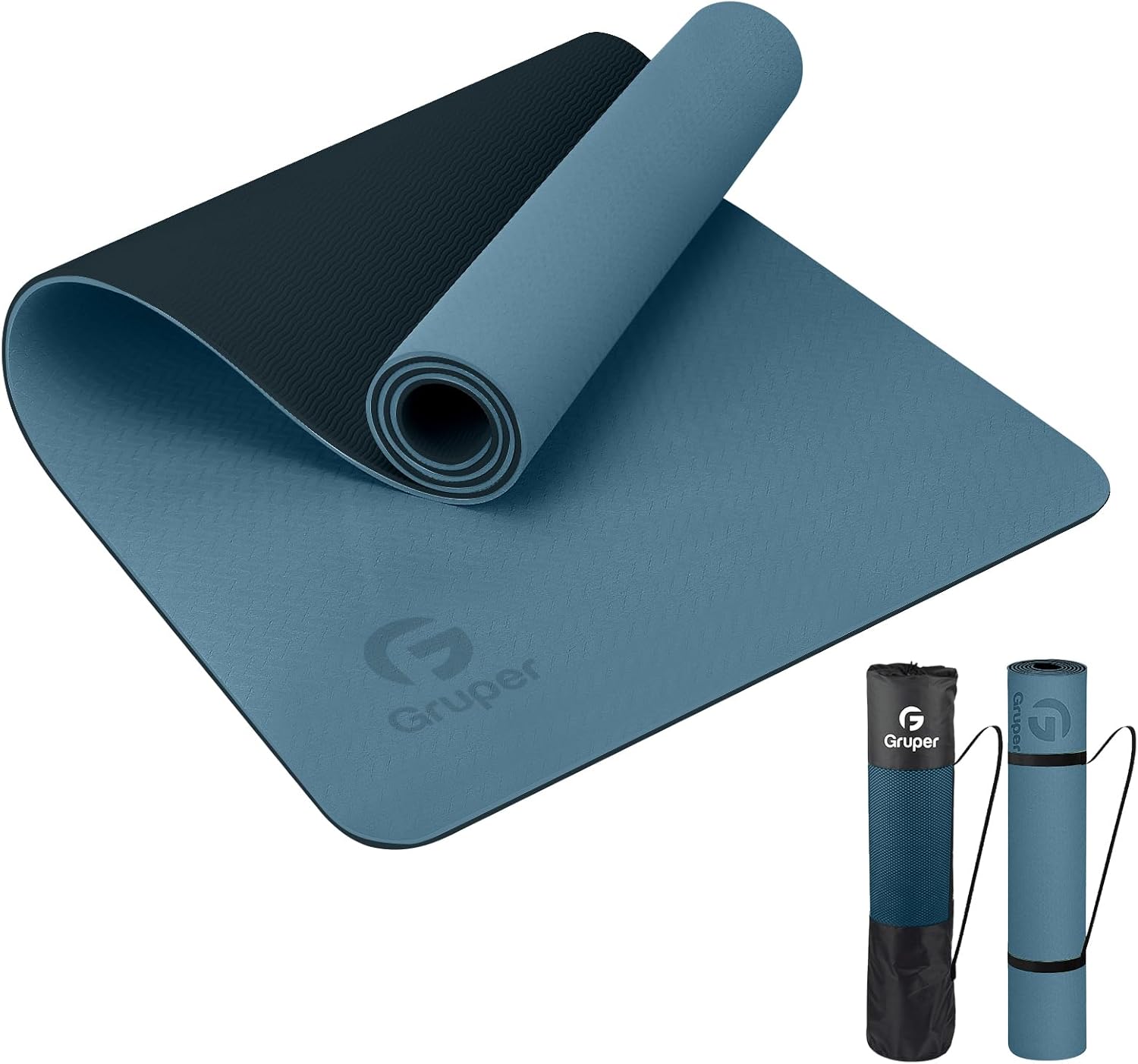
- Muscle Rubs or Oils: Can be applied post-session for enhanced relaxation. One of the most well-known kinds is by Tiger Balm.
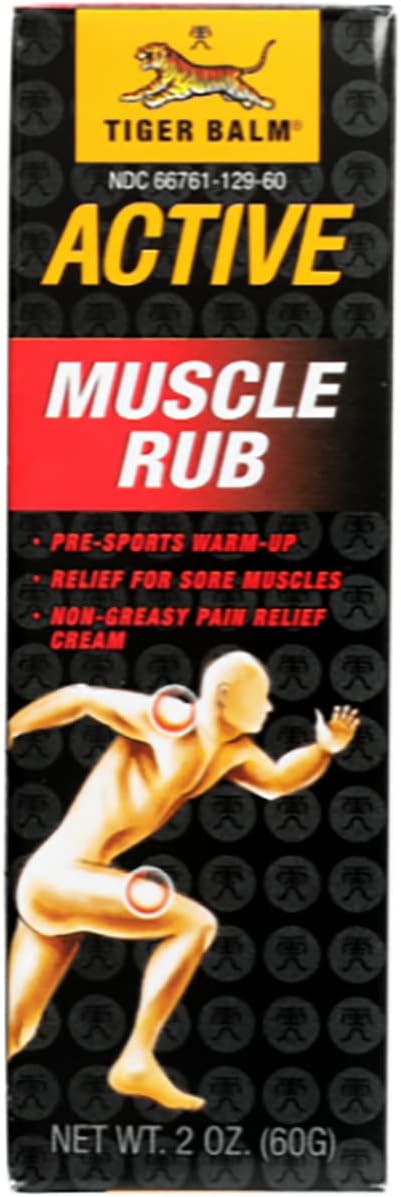
- Blankets or Towels: Offer extra support for knees, hips, or neck. The Keemi Non-Slip Microfibre Yoga Towel is offers multiple uses as a towel, mat or blanket.
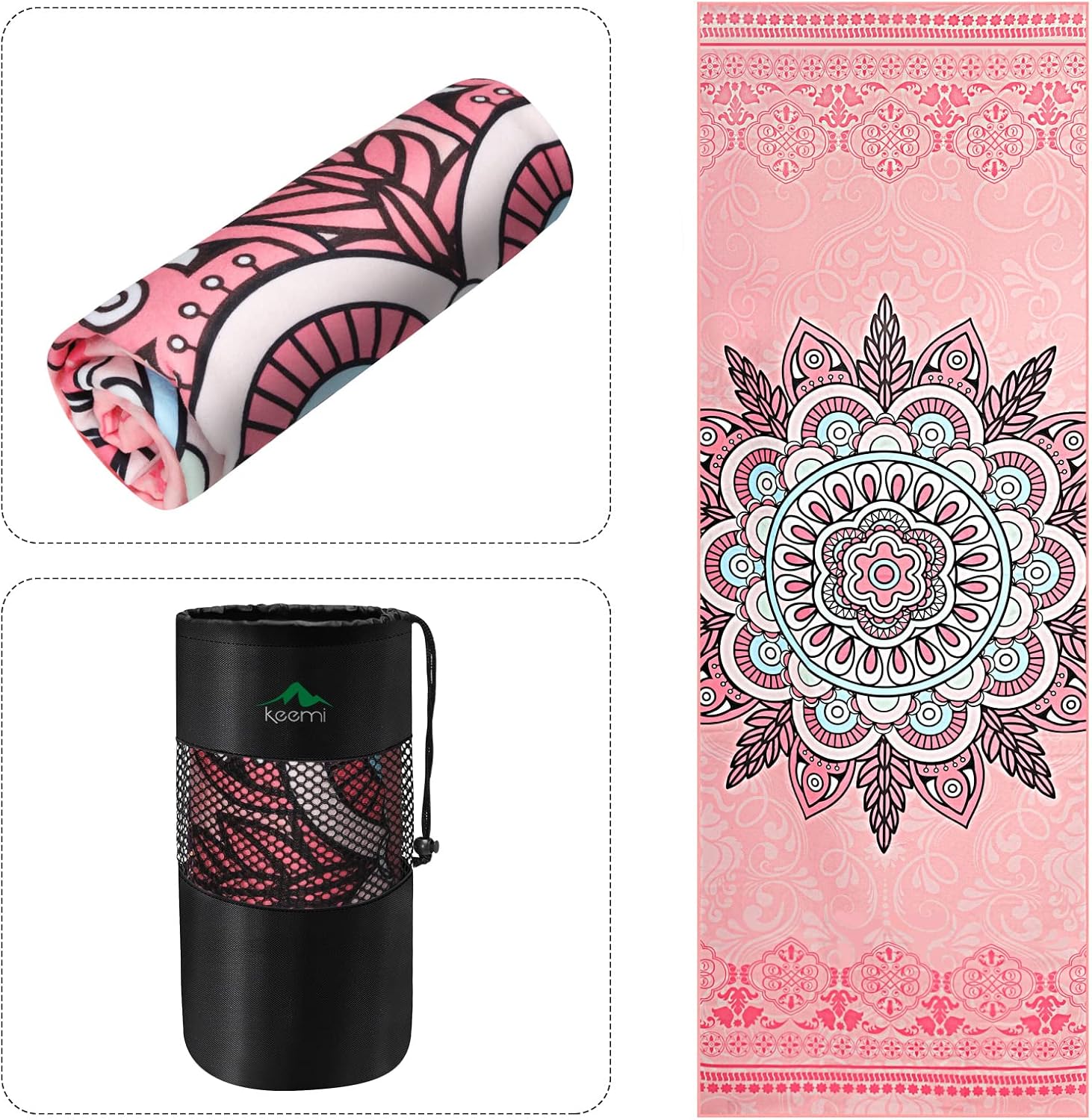
How to Use Yoga for Recovery
- Practice within 1–2 hours post-workout or at the end of the day
- Focus on slow, intentional breathing
- Hold each pose for 30–90 seconds or longer in restorative variations
- Avoid forceful stretching; let the body open naturally. This is often where the inclusion of the supportive tools comes in handy
- Pair yoga with hydration, nutrition, and sleep for optimal results
Even a short yoga session after a workout can enhance circulation, soothe sore muscles, and leave you feeling restored and ready for your next training session.
For additional tips, techniques, and gear that will optimize your post-workout recovery, please visit Recovery Essentials Hub.
This post contains affiliate links. If you click on one and make a purchase, I may earn a commission at no additional cost to you. Rest assured, I only recommend products or services I believe will provide value to my readers.
